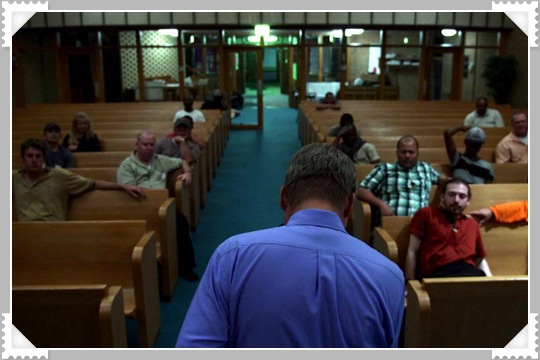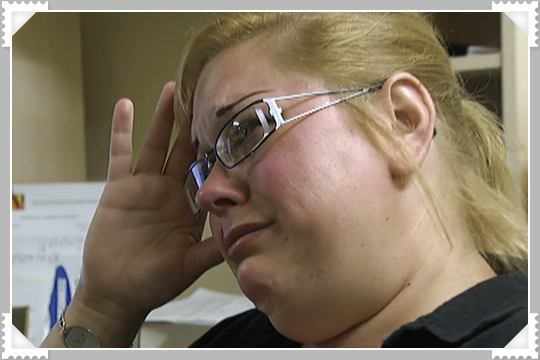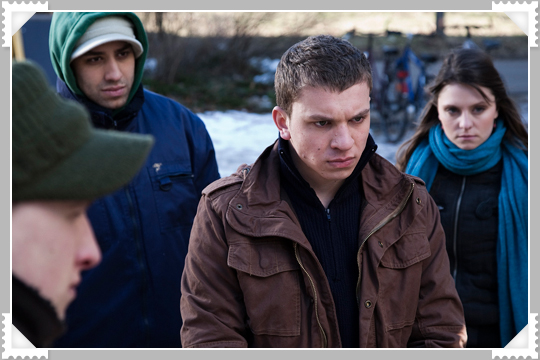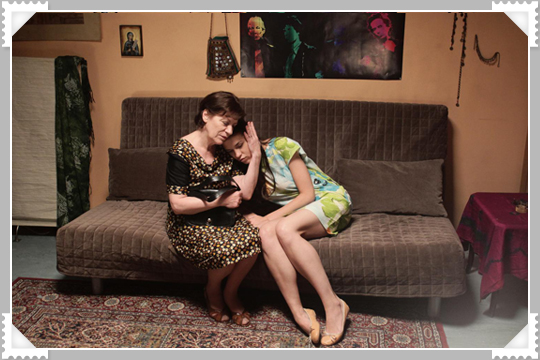Dear Matthew Bauckman and Jaret Belliveau, Directors,
As Kung Fu Elliot came to (what I suppose are) it’s shocking final moments, I was left with a few questions. Two questions, really. Neither of them particularly charitable towards your film: (1) Was this alleged documentary even real? And, (2) How much of Elliot ‘White Lightning’ Scott’s story did you know before filming his story?
Regarding the first question: I just can’t help but feel that the resolution of Kung Fu Ellliot was a bit… staged. A little too action movie-ish. Sure, it’s fitting considering Elliot Scott, the subject of the film, has fashioned himself to be “Canada’s first action hero”. In scene after scene in the movie’s first half, the zero-grade movies he makes with his partner Linda Lum are based entirely on cliche and contrivance (and incompetence). Scott claims to be a seven-time all Canadian kickboxing champion, and he wants to bring his expertise and love of martial arts movies to the possibly make-believe audience he constantly refers to as his “his fans”. Kung Fu Elliot finds Scott and Lum working on their latest – and what Scott hopes to be their most successful – film, Blood Fight.
You guys both know that what he’s making is terrible, and you seem to get a lot of joy from showing terrible scenes from his derivative, lesser films as he explains his grand plans for these opuses.
Which is more than a little ironic, since your own film is so clearly based on the model of American Movie—a previous, better work. That comparison was at the top of my mind as I watched Kung Fu Elliot, and it it did your film no favours. You do your best to fill the screen with a motley cast of goofy, enthusiastic characters, including Scott’s “method-trained” (he read a book) best friend,who plays Blood Fight’s villain, and the music composer whose title song is clearly not the anthem he believes it to be. But even though these elements are all present, the personalities are so dead when they’re onscreen, the pacing is so lazy, and the staging of the interviews so awkward (you seem to favour two shots of Scott and Lum together staring at the camera as Scott explains his dreams), it all lands with a thud instead of a pop.
For a person so obsessed with turning himself into an action star, so focused on creating a fan base through Facebook, so happy to brag that he has starred in such homegrown travesties as They Killed My Cat, I found it hard to believe that Elliot Scott would have an IMDB page that listed only one credit: your film.
That, mixed with Kung Fu Elliot’s bizarre, too-perfect twist-ending, made everything feel… I don’t know, a little off.
But perhaps my gut reaction is a bit hasty; maybe truth can be stranger than fiction. And one should never underestimate some people’s consuming hunger for fame. After the humiliation Scott endures in his film, it’s entirely reasonable to believe that he removed any internet presence my meagre research uncovered.
The question of research, though, brings me to my second question: how much of this story did you know going in? This is important because it speaks to your objective’s as documentarians: what were you trying to accomplish with this film? Kung Fu Elliot moves from its dull-but-goofy first two acts – the bungled filming of Blood Fight and a trip to China – eventually lead to a dark turn. Secrets are revealed, lies are uncovered, Scott starts to change from well-meaning (possibly brain-damaged) enthusiast to narcissistic manipulator.
I keep asking myself, how could you two have not known any of this going into filmmaking? All of Scott’s claims, with the exception of his “one-fifth Japanese” heritage, can be proven or disproven extremely easily. And even without any additional research, it doesn’t take a martial arts expert to see that Scott’s fighting skills are laughably amateur (a fact that becomes even more painfully obvious when a Shao Lin monk admonishes Scott for his poor form). This means you either didn’t bother to research your subject before committing a year to documenting him, or that you went into filming knowing everything, with plans to ridicule this pathetic character, then eventually tear him down completely.
One of these is simply bad filmmaking. The other is sociopathy.
When the secrets start coming out, they don’t happen organically, as part of the film. Linda Lum, Scott’s long-term partner, discovers most of this information off-screen. Did you inform her of all this simply to give your film a better narrative arc? It certainly seems that way. I might have assumed you had better intentions — and wouldn’t even go down the route of questioning a filmmaker’s motives, which is a specious strategy — if it wasn’t for Kung Fu Elliot’s conclusion, in which you force yourself into the action (while remaining off camera), egging Scott and Lum on as their relationship falls apart, adding fuel to an already volatile situation and breaking the holiest of journalistic rules.
Because of this, when the situation finally explodes it‘s not shock it should be. Yes, Scott might had a lot of this coming – he is the architect of this house of lies – but it’s all mitigated and corrupted by the fact that you showed up with a wrecking ball and asked the audience to take that same smug satisfaction in these two lives being destroyed.
It kind of makes me wish you had just made it all up.
Casey
Rating: Return to Sender (2/5)









